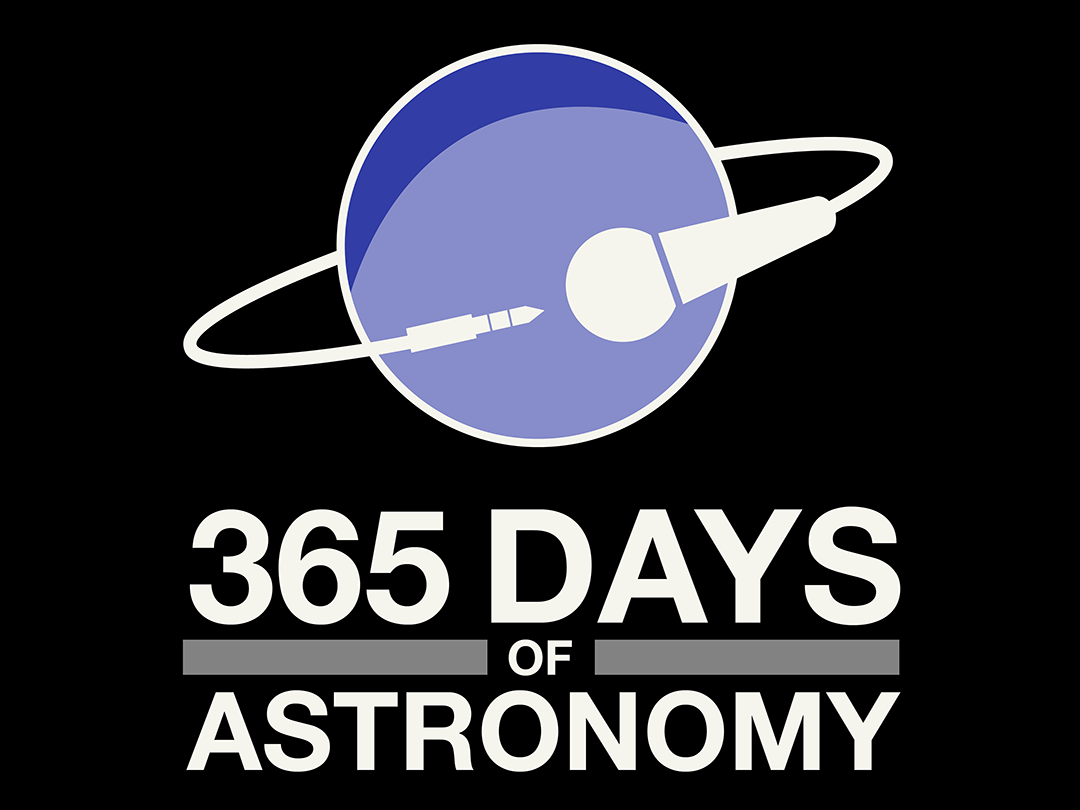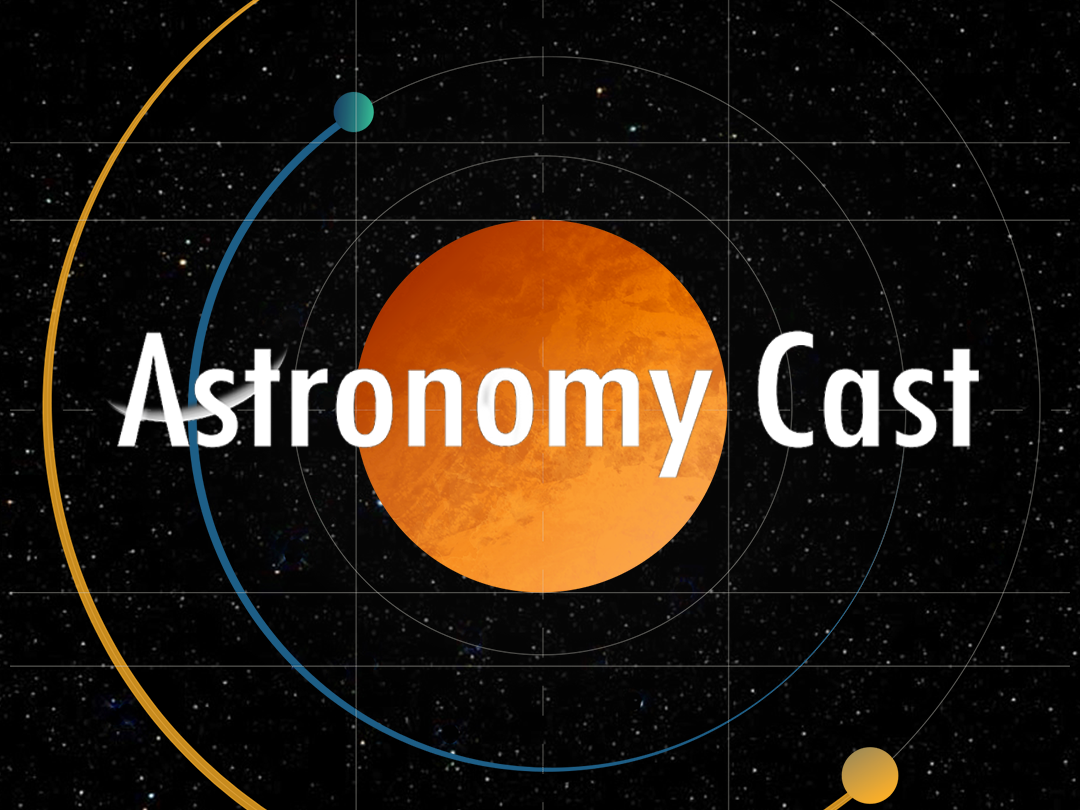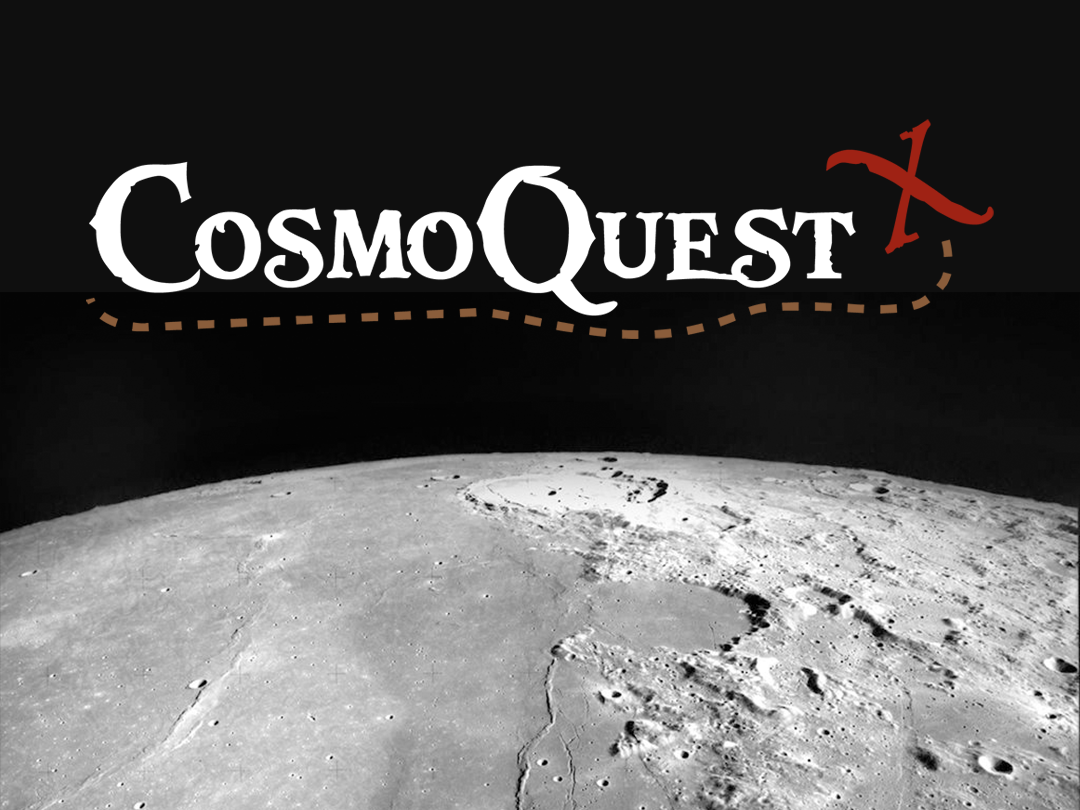 Science
Science
![]()
Sci Comm
![]()
Software
![]()
Art

Curriculum Vita
Need a conference speaker or show guest?
Need someone to science your audience? Want to learn more about astronomy’s latest discoveries, the role of everyday people in exploring our universe through citizen science, or someone to talk about how the astronomy advances at the speed of computing thanks to innovations in AI/ML, GPUs, and more? I am available for your IRL or virtual event. (View select past presentations here)
Latest Essays & Articles
For every force there is an equal and opposite force…
One of the common questions I get is (averaged across many versions) “Why don’t all stars become black holes – don’t they all have gravity? And why don’t they start as Black Holes – didn’t they start with all that mass that made them become black holes?
Balancing stars against gravitational collapse is actually a process that is much more simple than many people think. When a star forms, the pressure and density in the center causes nuclear reactions to occur. These reactions release energy, partially in the form of photons, and the photons exert a pressure on the outer layers of the star. The light pressure pushes outward with the same force that the gravity presses inward. As long as nuclear reactions are occurring in the star’s center, the star doesn’t collapse. When stars die, their nuclear reactions stop and without the pressure from the light they collapse. If a star is similar to the Sun, it becomes a white dwarf, and the force of the electrons repelling one another supports the star. If a star is more massive, the electrons and protons in the stars atoms get crushed together and become neutrons, and the star is supported by the neutrons pushing against each other. If the star is even more massive, there is nothing left to support the star against gravitational collapse and it becomes a black hole.
So, for every force, their is an opposing force, and in black holes, well, inside the BH, we have no idea what is happening, but whatever it is, it kicks in after the material has collapsed small enough that we can get close enough to the center of mass that bad things can happen. Spaghetification anyone?
Picking a Direction (and sticking to it!)
 On January 24th the Particle Physics and Astronomy Research Council (PPARC) in the UK announced Michael Bode (an Astrophysics Prof at Liverpool John Moores University) will take the lead in defining a 20 year vision statement for astronomy in Europe. Dr. Bode was put in this powerful but unenviable position by ASTRONET, a consortium of eleven European science agencies. In this job, he will herd cats (e.g. scientists) until they come up with a unified vision. Specifically, he will work to get his community to agree on what questions are most vital to answer, and how these questions can most effectively be answered. This set of questions and methods for answering will be used to shape how limit resources are allocated for science.
On January 24th the Particle Physics and Astronomy Research Council (PPARC) in the UK announced Michael Bode (an Astrophysics Prof at Liverpool John Moores University) will take the lead in defining a 20 year vision statement for astronomy in Europe. Dr. Bode was put in this powerful but unenviable position by ASTRONET, a consortium of eleven European science agencies. In this job, he will herd cats (e.g. scientists) until they come up with a unified vision. Specifically, he will work to get his community to agree on what questions are most vital to answer, and how these questions can most effectively be answered. This set of questions and methods for answering will be used to shape how limit resources are allocated for science.
This kind of a process isn’t new. In the U.S., we’ve been producing decadal surveys for a while, with the most recent coming out in 2001 (you can read it here, NRC cover art shown above right). Until recently, for every decadal survey desire, their was a matching plan of action that often included a NASA mission with allocated funding (or at least allocated web space). The problem is, the plan of the scientific community and the plans of individual members of Congress and the White House don’t always match.
Flying Metal Bits
 A quick fly through the nearby universe will show you, well, a whole lot of nothing. But, embedded in the nearest bits of that nothing are 8 spectacular planets, dozens of moons, and hundreds of random bits of rock and ice that, depending on where they orbit, fall into such categories as asteroids, Kuiper belt objects, and comets. Somewhat randomly distributed around (and sometimes on) these celestial objects are little bits of flying metal.
A quick fly through the nearby universe will show you, well, a whole lot of nothing. But, embedded in the nearest bits of that nothing are 8 spectacular planets, dozens of moons, and hundreds of random bits of rock and ice that, depending on where they orbit, fall into such categories as asteroids, Kuiper belt objects, and comets. Somewhat randomly distributed around (and sometimes on) these celestial objects are little bits of flying metal.
Locally, COROT (vaguely rhymes with Inspector Perot), obtained first light today (image above, credit CNES 2006 – D. Ducros). This orbital observatory will dedicate it self to the search for rocky worlds around other stars. A product of the European Space Agency, COROT will study nearby stars with its 30cm telescope, looking for slight changes in brightness indicative of planetary transits. The images it takes will also be useful for asteroseismology, the study of how stars bump and wiggle in reaction to chemical and thermal processes deep beneath their surfaces. Pre-launch calculations predict that every 150 days (the time COROT will spend studying one area of the sky), COROT could discover 10-40 rocky planets and tens of gas giants. Since the first published discoveries of an extrasolar planet around a pulsar in 1992, and around a normal star in 1995, astronomers have only discovered 209 extrasolar worlds. With COROT, that number could double in as little as 1 year.







